The world of the spirit begins when logic ends. In 2011, I was invited by the prestigious Indian Medical Association (IMA) Mumbai to demonstrate clairvoyance and the power of yoga. It would suffice to say that the doctors while respectful did not believe in the accuracy of this ancient science. They gave clairvoyants of Dhyan Foundation randomly selected images of some sick and some healthy people. The clairvoyants in a matter of 10 minutes were able to not just identify the sick but also pinpoint the exact diseased area.
In the words of the IMA past-president Dr. Lele, “Your clairvoyant’s predictions by looking at the pictures of the subjects, which were provided by the IMA, are 80% accurate, which is good enough.” At the event there was also a yoga performance and the pulse of the practitioner was noted before and after the asanas. The pulse dropped by 15 counts. In fact, regarding the dropping of the pulse rate the IMA has even given a written validation that the pulse rate of a practitioner dropped by 15 counts after 50 minutes of strenuous asanas. They said, “We have today changed for the positive, our opinion on Yoga and a Yogi.” (The entire event is recorded and is available for viewing.) So what is clairvoyance? To understand this let us understand Creation.
Prana is ‘the force’ in the universe; there is nothing in Creation, which is devoid of prana. In fact, prana combines with the five elements (fire, air, water, ether, and earth) to give form to the entire Creation. Whatever has been, whatever exists, and whatever lies in the future dimensions of the physical world is nothing else but these five elements with different pranic frequencies.Prana vibrates in innumerable forms at innumerable dimensions.
At one dimension it is sound, and another is that of colours. There exist different colours with different shades and combinations. Some are pleasant, soothing, and some represent love, some Divinity, some stand for power, some for anger and some are dull and depressing. All are different and have different effects on the physical. A clairvoyant is a person who can see the colour pattern of prana around the physical.
Darker shades like dark reds, browns, and dark greys are the grosser colours while lighter pinks, violets, blues, greens, etc. are the subtler colours.
In fact, colour is the code by which the subtle body communicates with the physical body. It is by seeing the colours in the next layer that clairvoyants are able to foretell disease before it manifests in the physical. These colours are regulated at seven energy centres of the body or the seven major chakras. What the clairvoyant can see is the aura or chakra imbalances. Considerations like what shade is mixing with the natural colour, in what proportion, the positioning, the luminosity, etc. all determine the state of the being.
You can hide your true face by applying make-up or you may hide your true body by wearing loose fitting clothes, you may even lie about your character and intention but it is impossible to hide your true self from the eyes of a clairvoyant. For he or she would see your aura, which is something you cannot hide.
However, not all clairvoyants can see the same thing. Some have a more developed sense of vision than the others. But since this is a subject on which clairvoyants, ostensibly don’t meet at a club to share notes on, there may be a paucity of information on how they compare.
Clairvoyants are often unaware of their gift or constraints thereof, if they are using it. A clairvoyant can only see the colours and needs a Guru to correctly interpret it. Through correct practice of yoga and Sanatan Kriya one can develop the ability of clairvoyance. This science is more accurate than any present diagnostic equipment available, because the equipment tells you what is happening now and that also when the problem is strong enough to come into the catching capacity of the machine, while a clairvoyant tells all what is happening and what will or is about to happen. Such is the power of this ancient science.
Dhyan Foundation UK center conducts free weekly Sanatan Kriya Yoga classes every Monday evening 6:30 pm - 8 pm GMT at Kings College London, Dharmic Prayer Space, New Hunt’s House ,Guys Campus.
Ashwini Guruji is the guiding light of Dhyan Ashram . For more details www.dhyanfoundation.com

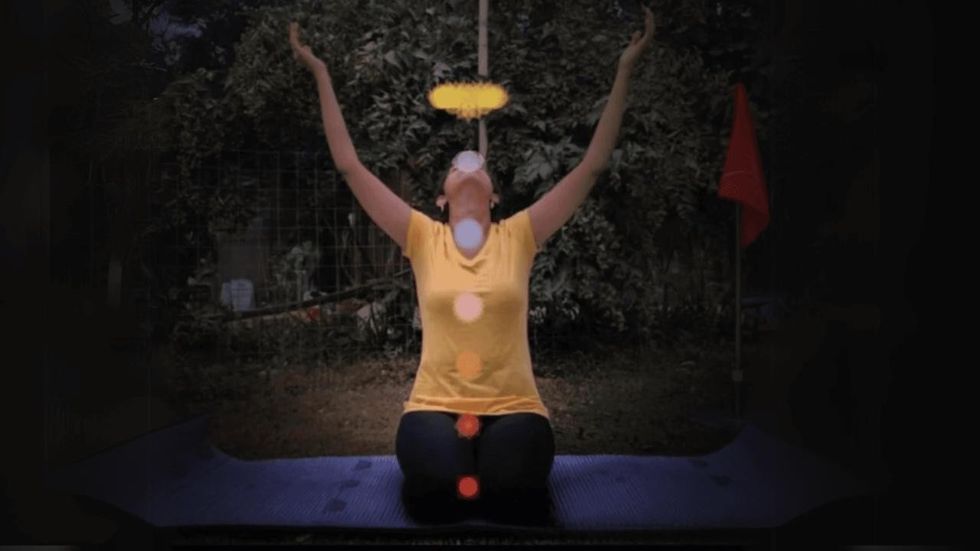
















 Heehs describes two principal approaches to biographyAMG
Heehs describes two principal approaches to biographyAMG
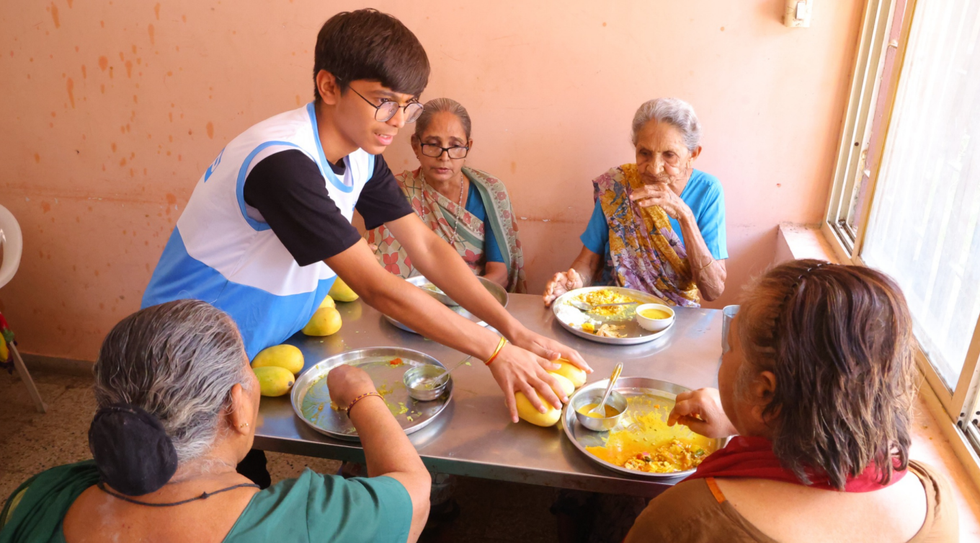 Thousands of mangoes were handed out to individuals from economically weaker backgroundsSGVP
Thousands of mangoes were handed out to individuals from economically weaker backgroundsSGVP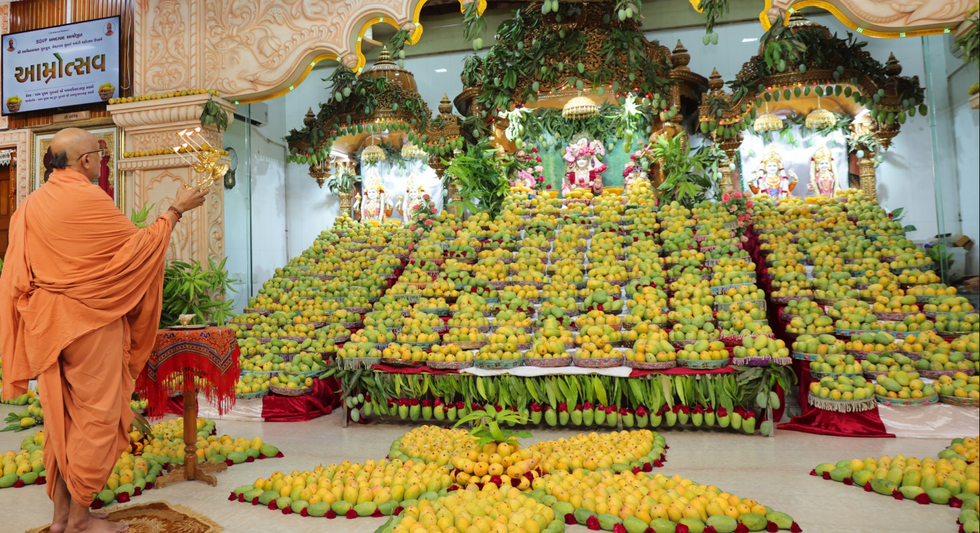 With the support of its spiritual and community leadersSGVP
With the support of its spiritual and community leadersSGVP
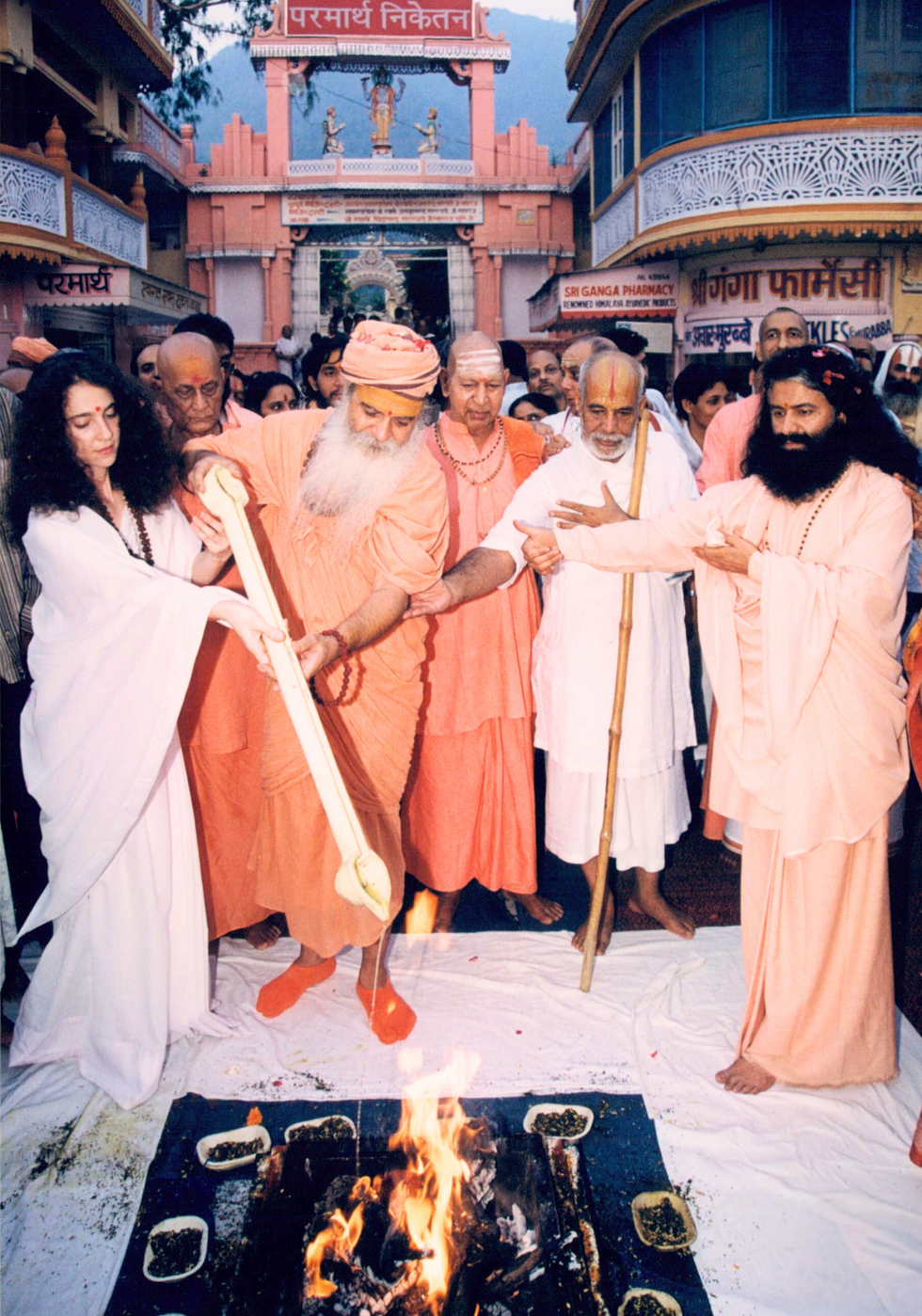 Parmarth Niketan will mark the 25th sanyas anniversary of Pujya Sadhvi Bhagawati SaraswatijiParmarth Niketan
Parmarth Niketan will mark the 25th sanyas anniversary of Pujya Sadhvi Bhagawati SaraswatijiParmarth Niketan
 His captivating delivery and deep spiritual insight resonated strongly with attendeesCrawley Hindu
His captivating delivery and deep spiritual insight resonated strongly with attendeesCrawley Hindu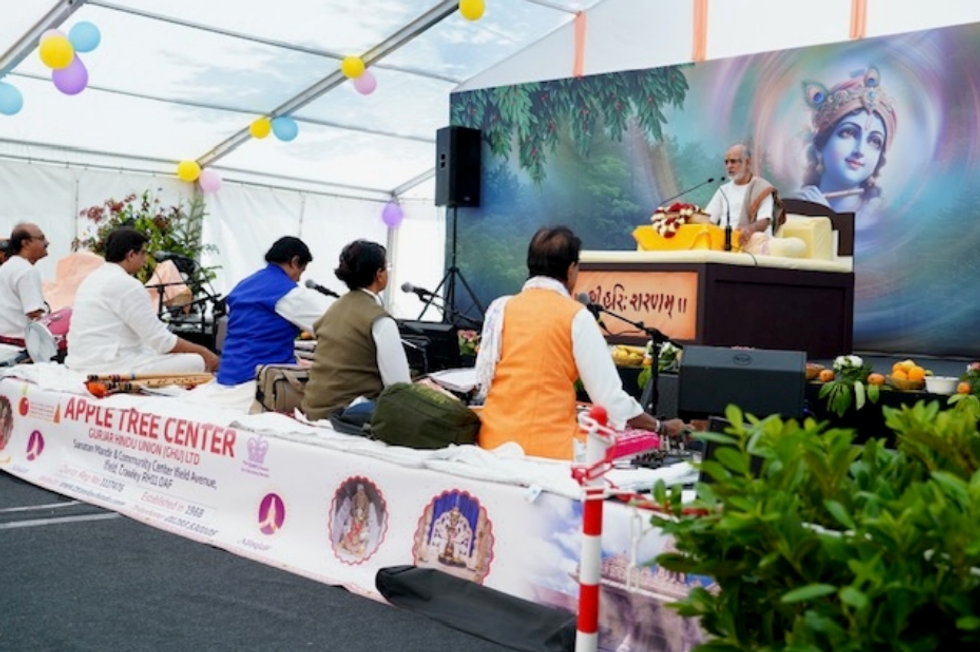 creating an atmosphere of devotion and reflection.Crawley Hindu
creating an atmosphere of devotion and reflection.Crawley Hindu